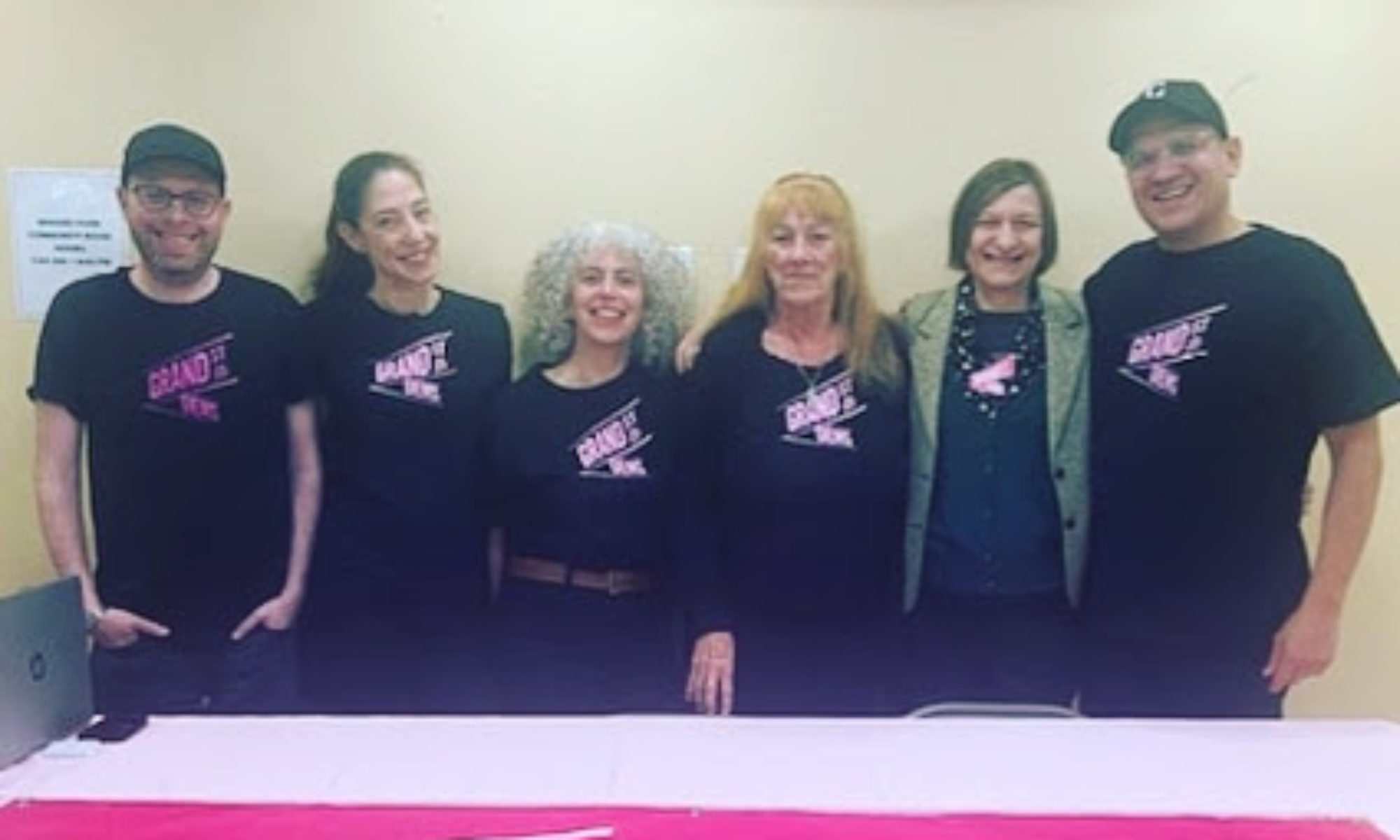September 17, 2019
Thank you for allowing me to submit this testimony on the East Side Coastal Resiliency Project, or ESCR.
It’s been nearly seven years since Hurricane Sandy made landfall in New York City, but the effects that storm had on the Lower East Side and the Five Boroughs can still be seen and felt today. Our neighborhood and many others are still recovering and rebuilding from the $19 billion in damage and economic losses that Sandy wrought. And for the families of the 43 New Yorkers who lost their lives, their lives will never truly be fully healed.
As a former community organizer who led the emergency response to Sandy and participated in the Rebuild by Design program, and today as a Council Member who is responsible for the safety of over 160,000 New Yorkers, I understand the seriousness of the crisis we face from climate change and increased sea levels and storm surge. I also understand that $335 million of the budget for this project comes from federal FEMA funding that will by rule expires in 2022. If we allow those funds to disappear, this project will not be able to move forward and we will almost certainly never get that money back from a Trump administration and Congress that has continually stripped funding for state and local infrastructure projects. That is why it is imperative we get this project done quickly and correctly for our community.
Let’s be absolutely clear — this city is not living up to that second point. As Community Board 3 perfectly framed it in their resolution on this item, “the ESCR process since Fall 2018 has frayed trust in government and public agencies because of the drastic change in plan design done without community consultation, despite the needs of the community who look to their government to supply desperately needed protection of their lives and homes.”
It’s why I demanded an apology from the city, and why Manhattan Borough President Gale Brewer and I hired an independent consultant to review the project’s design. While I look forward to the results of this expert review from the Netherlands-based environmental consulting group Deltares, I will continue to urge the city to finally commit to other key concerns.
The most disappointing of all of these concerns is the lack of details regarding a phased-in approach to construction. When my Council colleagues and I held a hearing on this project in January, Jamie Torres-Springer, the First Deputy Commissioner at the city’s Department of Design and Construction, said we’d have more details on phased-in construction in “a few months.” It’s now September, and the city continues to drag its feet and fails to live up to its promise for honest and open communication.
Residents deserve to know all the details regarding a phased in approach and every effort must be made to ensure that residents can still enjoy sections of the park while construction continues.
In addition, our community’s elected officials called for interim flood protection measures (IPFM) during construction of ESCR. In a letter to our offices, DDC Commissioner Lorraine Grillo wrote that an “analysis of existing conditions” did not find IPFM to be an effective solution for the ESCR area. While IPFM is not designed to protect neighborhoods from Sandy-level events, they can ensure critical infrastructure remains operational during more frequent, less severe storms. The City must share the details of the analysis mentioned in their letter with our offices and with the independent reviewer to guarantee that there aren’t certain interim protection options that could be used for our community’s most important infrastructure.
Some of our other concerns that must be met include:
- A study for long-term decking and greening of the FDR Drive.
- A sufficient detour for users of the East River Greenway.
- A plan to safely move the Seal Water Park sculptures to a nearby park and have them safely returned after conclusion of the project.
- A new administrative facility with non-for-profit and community space in the new East River Park.
- A long-term commitment to a community-approved entity to generate revenue for East River Park.
- A temporary site for the LES Ecology Center in the surrounding neighborhood and a rebuilt and updated Center in the park when it reopens.
- Finalizing sufficient, alternative active and passive open space mitigation and enhancements at both Parks and other city agency facilities.
- Written confirmation that all local youth and school sports organizations will have permits near the project area at specific locations.
- A commitment to additional barbecue areas where they are safe and do not conflict with other recreation.
- And a hazardous material mitigation plan that goes beyond typical mitigation efforts to ensure the safety and health of all New Yorkers.
The city has recently informed our office they would make certain commitments, including the planting of 1,000 neighborhood trees and the installation of 40 bioswales beginning this fall, new lighting at six neighborhood sport fields, improvements to turf fields at six sites, new sports coatings and painting at various parks and playgrounds, enhanced barbecue areas, the conversion of the LaGuardia Bathhouse demolition area to a turf field, “spruce-ups” at 16 NYCHA park and play sites, nine new Parks staff for the neighborhood, and a commitment to keep all East River Park staff on the East Side of Manhattan, below 34th Street.
But it is hard to balance these very important measures with the continued silence from the city on the rest of our demands.
If the city wants the votes of Council Member Powers, Chin, and I when this project comes to the City Council, they can not wait until our hearings to start sharing this information. They need to address these concerns now so that our community can assess all factors along with the independent review that is slated to be completed by September 23.

